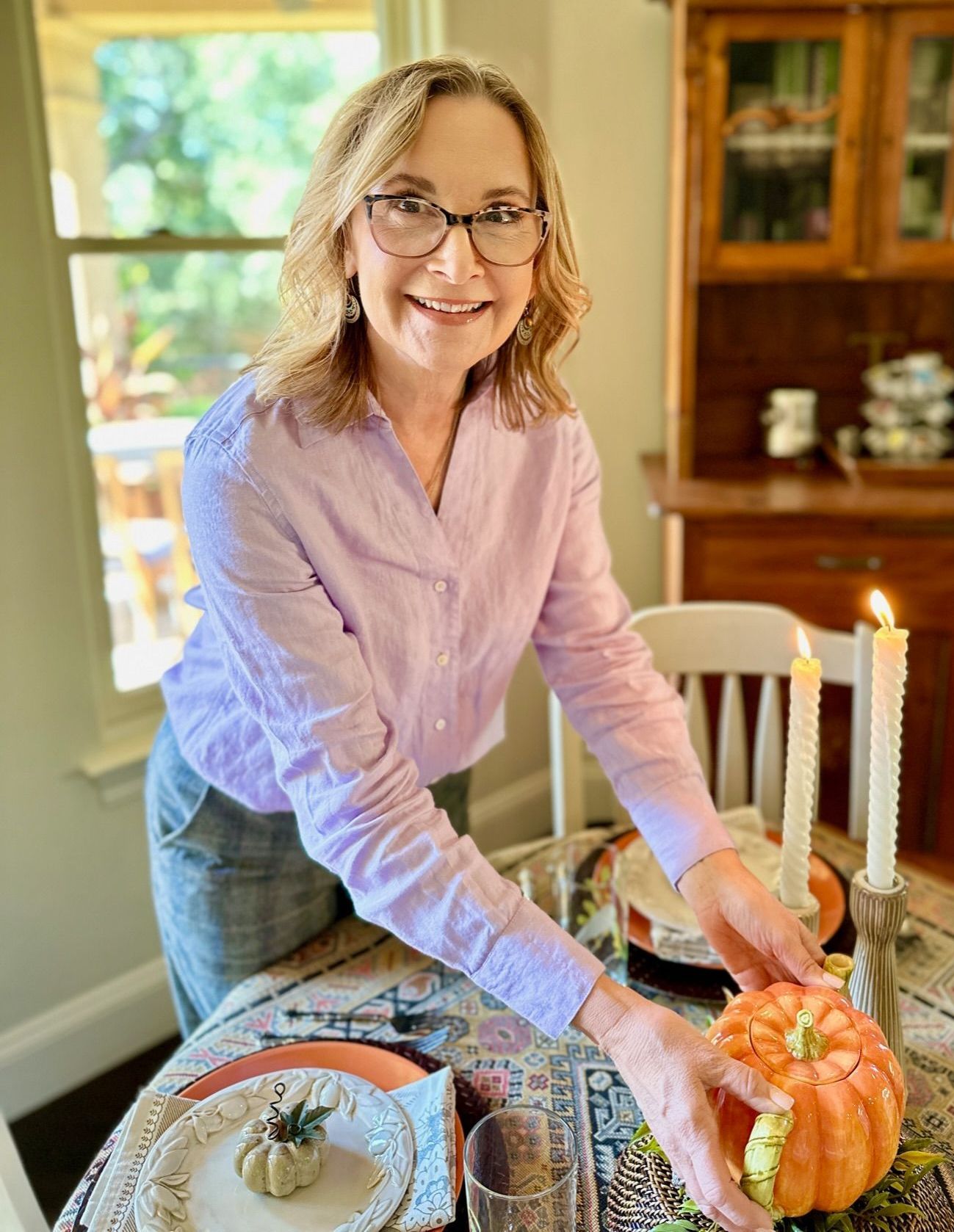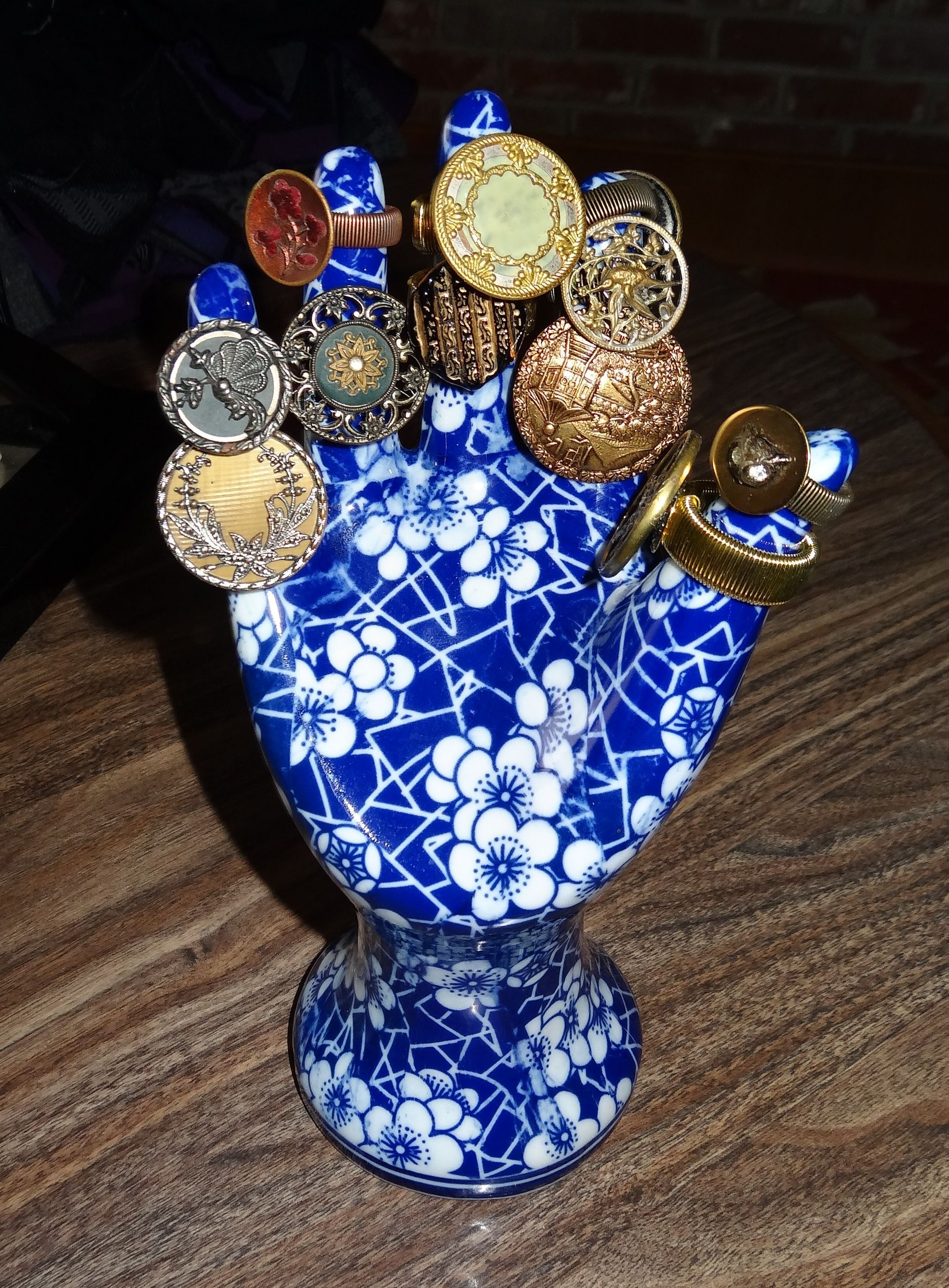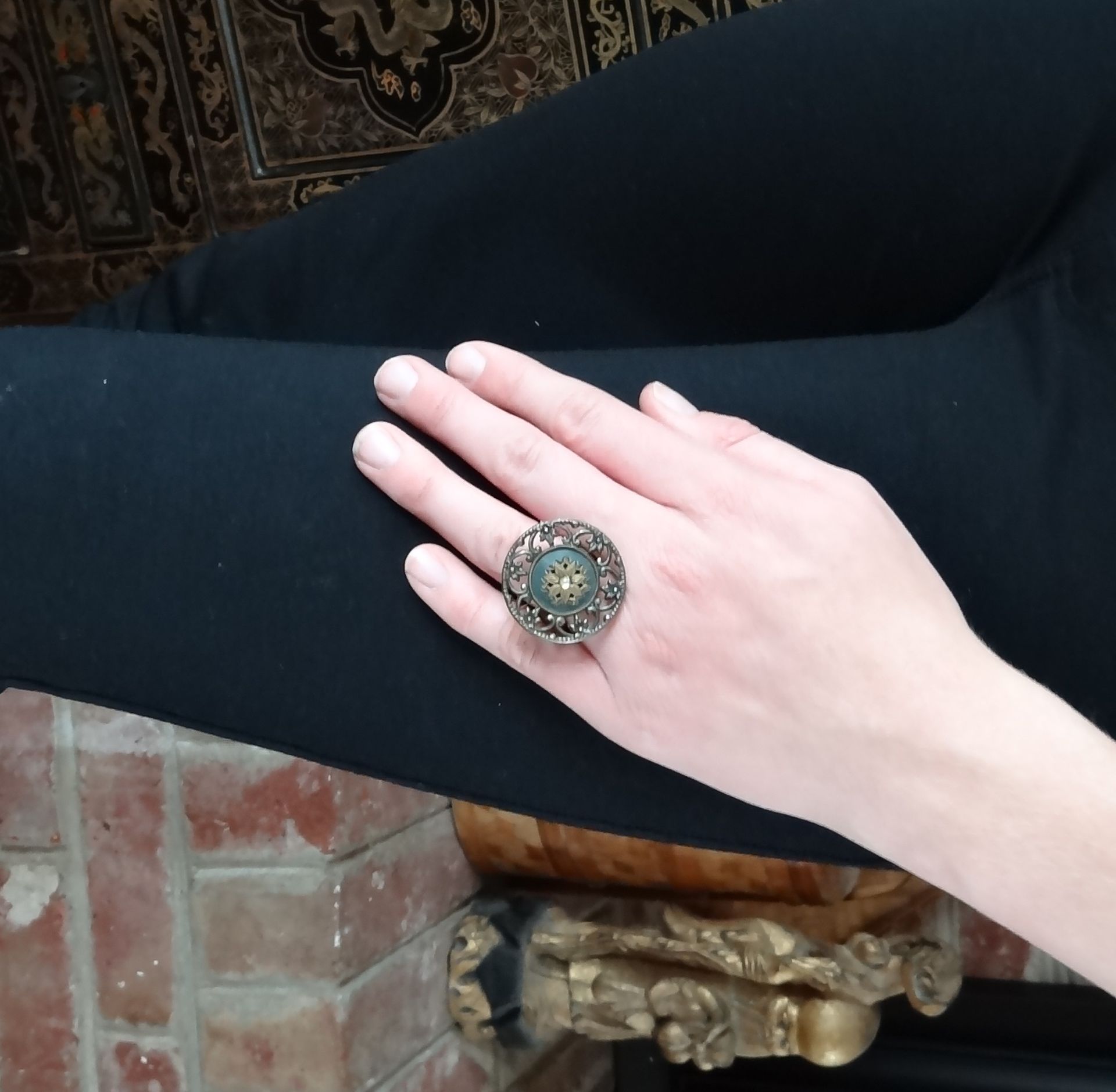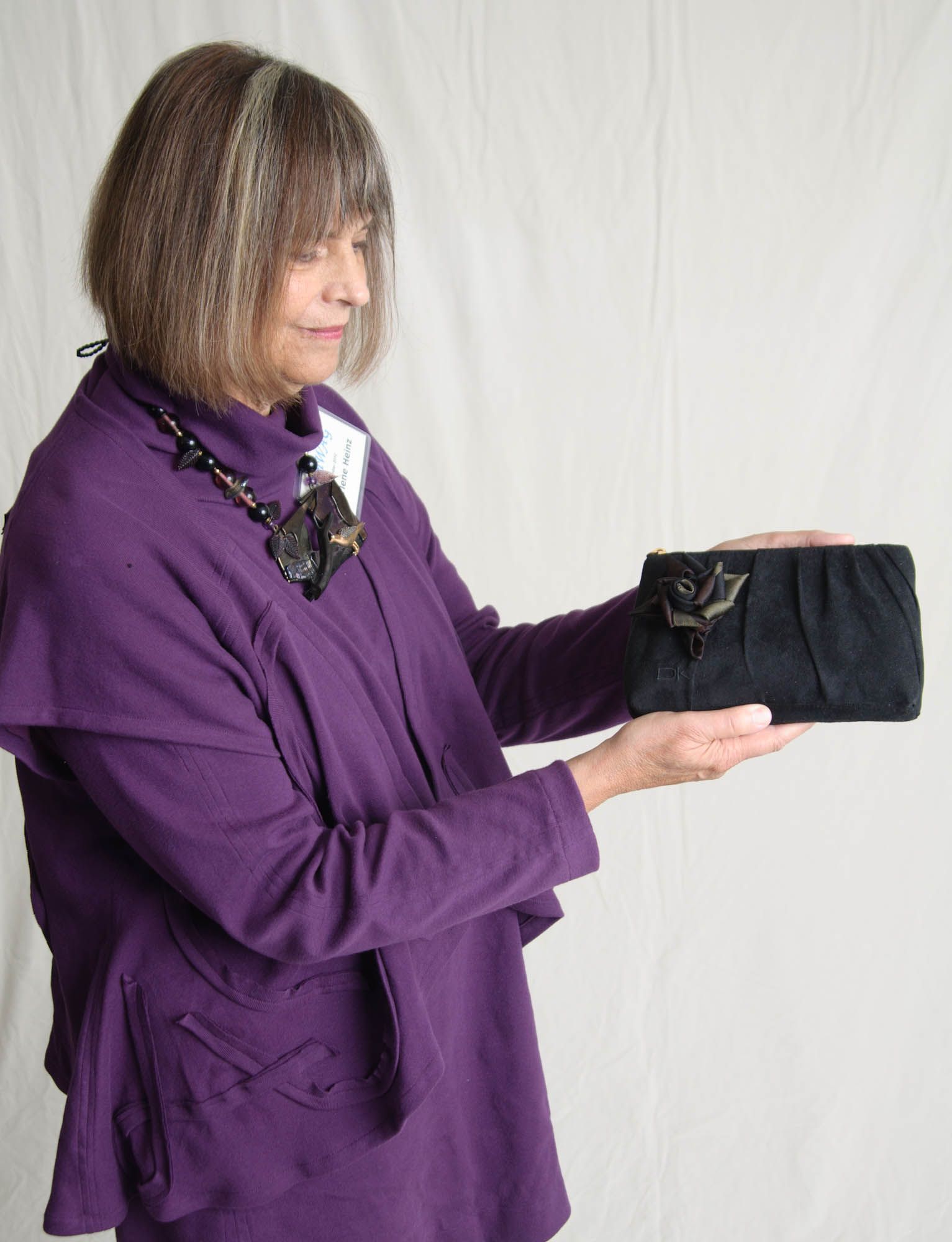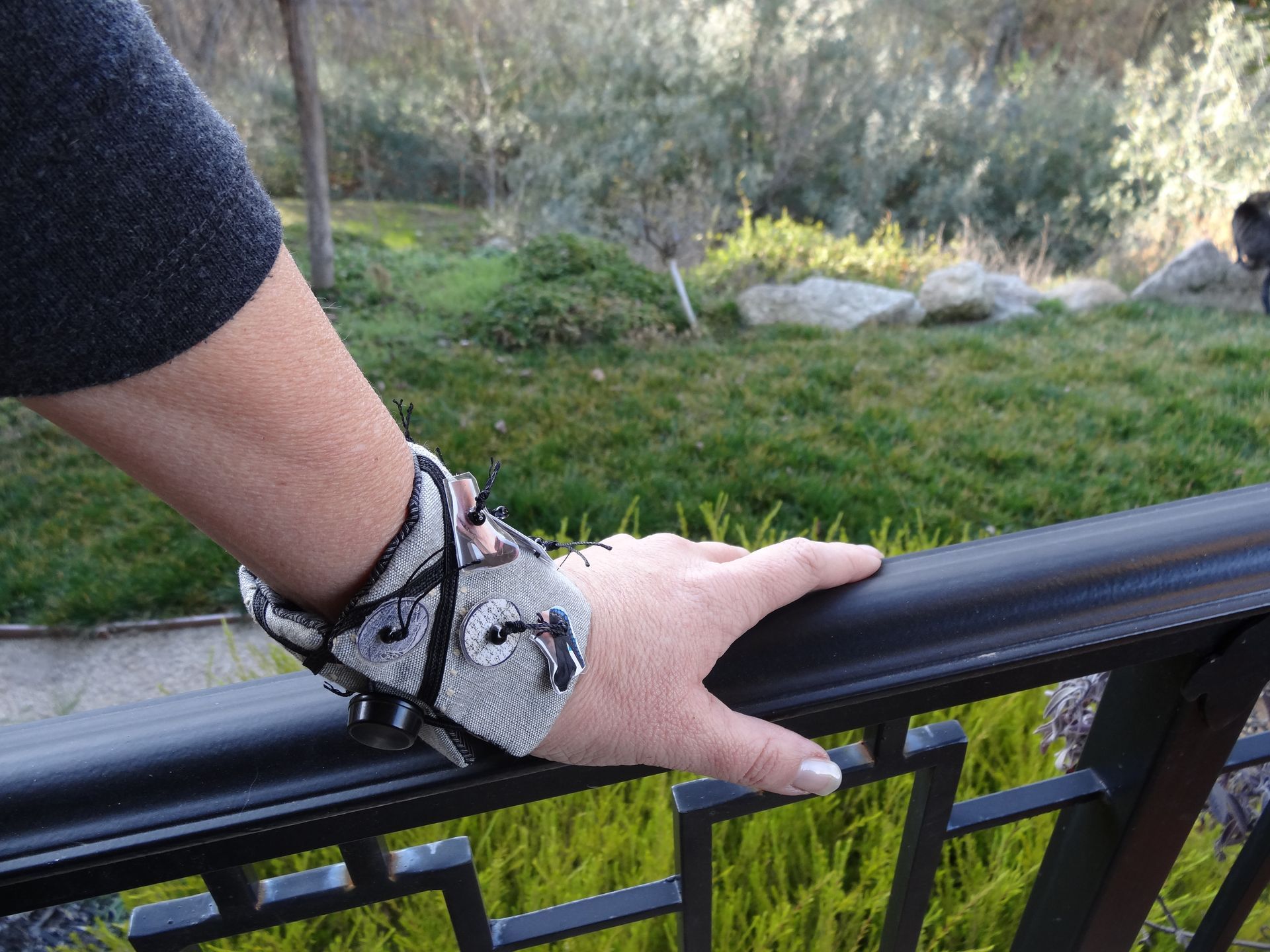Small Works of Art:
The Marlene Heinz Button Collection
Discover an extraordinary archive of beauty in miniature — nearly 20,000 antique and vintage buttons collected over decades by designer
Marlene Ann Heinz.
This museum-worthy collection tells the story of textile art through time: intricate Victorian glass, hand-painted porcelain, carved pearl, and early plastics from across Europe and America. With provenance linking to renowned collectors
Dorothea Burke and
Wanda Eason, this curated assemblage stands as both a creative legacy and a rare opportunity for museums, collectors, or designers who cherish craftsmanship and history.
The Button Legacy of
Designer Marlene Ann Jacobson Heinz
For designer and fiber artist Marlene Ann Jacobson Heinz, beauty was found in the smallest details — the glint of cut steel, the shimmer of mother-of-pearl, the smooth curve of hand-carved bone. Over more than five decades, she built an extraordinary button collection that reflected her lifelong devotion to sewing, design, and the decorative arts. Today, that collection — numbering an estimated 20,000 buttons mounted on over 140 curated boards and in jars of carefully sorted extras — stands as both a tribute to her artistry and a rare historical archive of fashion, craft, and material culture.
A Life of Design and Craftsmanship
Born Marlene Ann Jacobson, she was known for her impeccable sense of color, composition, and texture. From an early age, she displayed a gift for sewing and pattern drafting, creating her own garments by hand and later developing a career as a designer, seamstress, and jewelry maker. Marlene’s studio was always alive with fabric, trims, and notions — a reflection of her creative curiosity and her love for the tactile side of art. Buttons, to her, were never just fasteners; they were miniature works of art, rich with history and craftsmanship.
A Collector’s Eye
Marlene began collecting buttons in the 1960s, inspired both by their artistry and by the way they told the story of human ingenuity — from hand-carved shell and glass buttons of the 1800s to Bakelite and Lucite of the mid-20th century. She sought them out at estate sales, antique fairs, secondhand shops, and during her travels across the United States and abroad. Her collection spanned Victorian black glass and jet-style buttons, painted porcelain and enamel pictorials, carved mother-of-pearl, cut steel, brass and stamped metals, textile-covered and passementerie examples, and early plastics such as celluloid, galalith, and Bakelite.
Each card she mounted was arranged with an artist’s sensibility — labeled by hand, sorted by material or theme, and carefully preserved as a teaching and reference tool. To Marlene, curating these cards was not just collecting; it was documenting the evolution of design and culture through the language of buttons.
Provenance: A Shared Passion Among Collectors
The collection’s significance is enhanced by its documented provenance. In the early 1980s, Marlene acquired substantial portions of two respected San Luis Obispo County collections:
- Mrs. Dorothea Burke of San Luis Obispo, a noted button collector featured in the San Luis Obispo Telegram-Tribune on December 29, 1967, in an article titled “Buttons and totes become her ‘bag’.” Burke’s collection was recognized for its breadth and artistry, including embroidered carry-alls and rare Victorian buttons.
- Mrs. Wanda Maye (Fuller) Eason of Paso Robles, another passionate collector whose holdings of antique buttons and textile embellishments were known in Central California’s collector circles.
Both women were early members of the American Button Society and part of a growing national network of collectors preserving material culture at a time when these small artifacts were just beginning to be recognized for their historical and aesthetic value.
By purchasing and preserving these two earlier collections, Marlene became the steward of their combined histories, ensuring that the legacy of California’s mid-century button collectors lived on.
A Designer’s Touch
Unlike collectors who stored buttons away, Marlene integrated them into her design practice. She used select pieces to adorn her custom garments and jewelry, transforming utilitarian objects into statements of beauty. Her button jewelry, crafted from antique metal and glass buttons, became a hallmark of her creative work — wearable testaments to the past.
A Living Archive
Following her passing, Marlene’s daughter, Jonelle Tannahill, herself a designer and founder of Impressions ReDesign in Loomis, California, became caretaker of the collection. Today, Jonelle preserves the mounted boards and loose assortments, ensuring that the provenance, documentation, and artistry are not lost. The collection represents nearly 150 years of button history, from the late 1800s through the mid-1900s, capturing changing fashions, technologies, and cultural motifs.
While the full collection is estimated at nearly 20,000 buttons, its true value lies beyond numbers — in the care, curiosity, and creative eye that assembled it.
An Heirloom and a Resource
The Marlene Heinz Button Collection is more than a personal treasure; it is a valuable educational and cultural resource for scholars, collectors, and designers. Its scope — spanning material innovation and global decorative styles — offers a tangible record of the intersection between craft, design, and history. Whether ultimately placed with a museum, private collector, or within the family’s archives, it stands as a symbol of Marlene’s lifelong belief that art is found in the details.
Legacy
Today, the collection endures as both a family legacy and a cultural artifact — one that unites generations of women creators from San Luis Obispo County to Loomis. From Dorothea Burke’s 1967 newspaper-featured trove, to Wanda Eason’s Paso Robles collection, to Marlene’s masterful curation and design work, this body of buttons tells a story not only of fashion but of creativity, persistence, and love for the handmade.
Buttons as Adornment
For Marlene, buttons were far more than fasteners — they were the finishing touch that transformed a handmade garment into a piece of wearable art. She often chose a button as the starting point for her design, building color palettes, fabrics, and trims around its texture or sheen. Her dresses and jackets frequently featured rows of antique glass, enamel, or brass buttons, each one carefully selected for harmony and contrast. Many of her garments were accented with repurposed vintage buttons, giving new life to pieces that might otherwise have been forgotten. In her jewelry and accessories, she layered buttons like jewels, creating collars, cuffs, and necklaces that combined beauty and history. Whether sewn onto a silk blouse or strung into a one-of-a-kind pendant, her buttons became expressions of her design philosophy — that elegance lives in the details, and artistry is often hidden in the smallest things.
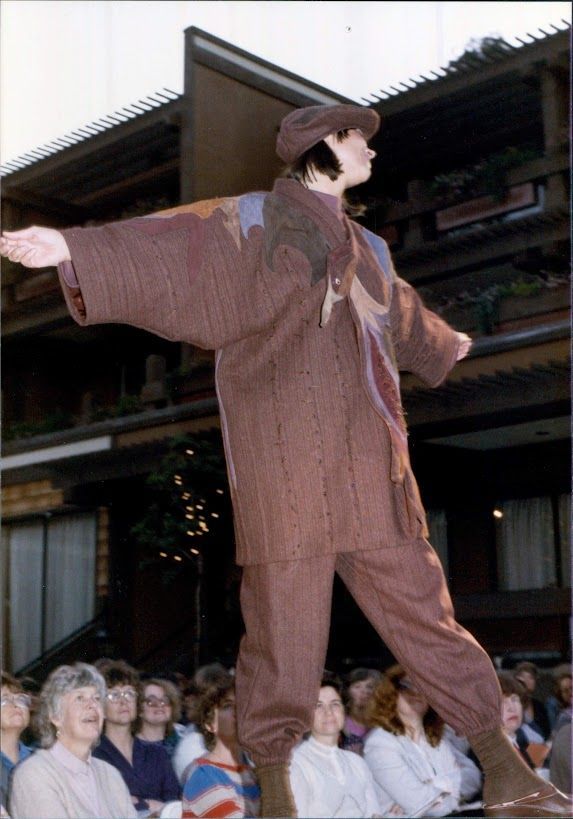
The easy way to start
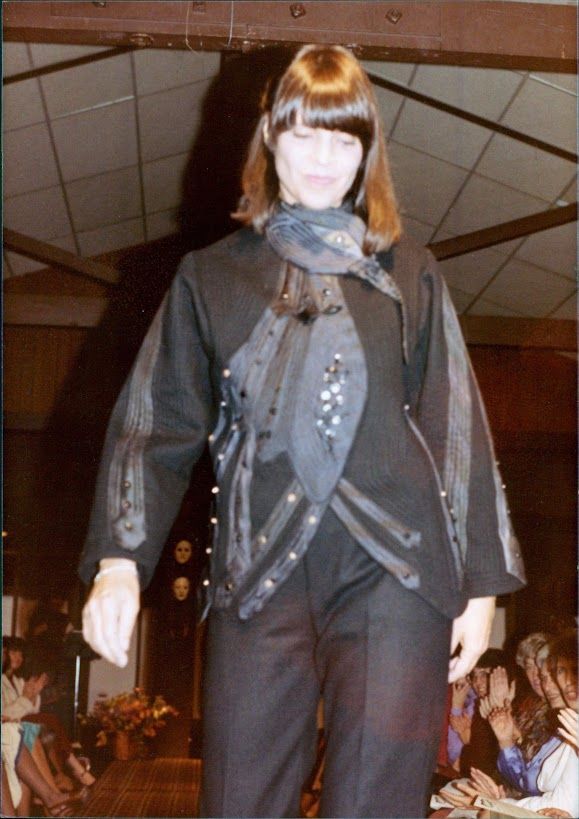
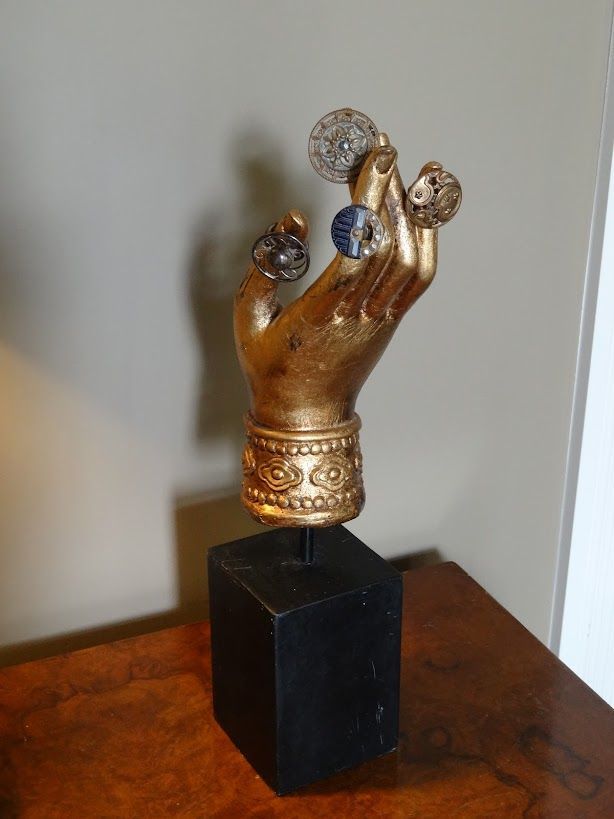
1.
As Decorative Adornments on Clothing
Marlene often designed her garments around the buttons she loved most. She used antique and vintage buttons to elevate simple silhouettes — adorning blouses, coats, and dresses with glass, brass, or pearl details that made each piece unique. Her use of buttons transformed everyday clothing into wearable art.
2.
In Jewelry and Accessories
She extended her creativity beyond sewing by crafting button jewelry — necklaces, bracelets, and earrings composed of vintage metal, enamel, or glass buttons. Each piece reflected her eye for color and proportion, blending history with personal style.
3.
As Collectible Art
Marlene curated and mounted buttons on display boards, grouping them by material, era, or motif. These served both as visual studies and as art pieces — an evolving archive that illustrated the history of design, craftsmanship, and fashion across centuries.
4.
As Creative Inspiration in Design Work
Buttons often sparked entire design concepts. A single ornate button might inspire a fabric choice, color palette, or jewelry set. For Marlene, buttons were a source of creative storytelling — reminders that beauty and inspiration can be found in even the smallest details.
What People Say About Marlene

